I could tell, even over the phone, Marie was beaming ear to ear. I’d been working with her to help her find an oil to help her ease the chronic pain she’d experienced for the last 10 years. We’d finally landed on a combo that was working wonders. And one of the game-changers was copaiba.
She’d also found some other uses for copaiba and couldn’t wait to tell me about the success she was having. More on that soon…
If you’ve been wondering how to use copaiba essential oil — you’ve come to the right place. You’ll learn why it’s become one of the oils I use pretty much every day (and an oil I frequently reach for to use on everyone in my family).
Copaiba essential oil has become quite the hot topic. And for good reason. It has a light scent, so it’s a favorite among those who prefer more subtle tones. But more than that, scientists are discovering more and more ailments it can help with.
What is Copaiba Essential Oil and Where Does It Come From?
Copaiba essential oil comes from the copaiba tree found in the Amazonian rainforest. For many years, it was only the native people of Panama who knew about these giant trees and their amazing properties.
Similar to the way syrup is taken from a Maple tree, the resin in the copaiba tree is put through the process of the steam distillation to extract the essential oil from it.
Chemical Properties of Copaiba
This is probably the part where your eyes might glaze over, but hang with me! I promise this gets interesting really fast.
What makes Copaiba such a great oil is its main component: beta-caryophyllene. Beta- caryophyllene is a chemical much like the cannabinoids that you would find in (here’s the interesting part) cannabis oil.
Now, while copaiba has a type of cannabanoid in it, it does not include the chemicals that gives you the high that goes with cannabis. But it does provide you with many benefits.
Our bodies have two different types of cannabinoid receptors: CB1 and CB2. CB1 receptors trigger the “high” people experience from marijuana. But CB2 receptors receptors impact the immune system and nerve cells.
The primary constituent of Copaiba binds to the CB2 receptors. Two of the primary functions are helping support a healthy nervous system and supporting immune function (pretty cool, huh?). It gives you the benefits of activating those receptors without the psychoactive side effects.
What are the Benefits of Using Copaiba?
Copaiba has many uses and even just using a single drop daily for prevention and overall health is a great idea. If you’re familiar with Frankincense essential oil and know what a powerhouse it is, Copaiba is similar. Using these types of oils regularly, in a small amount, is a good way to help support the body.
But, that’s just the beginning…
1. Copaiba Essential Oil: Pain Relief & Inflammation
After treating my chronic Lyme for a couple of years, I continued to struggle with pain. Lyme disease left me with massive inflammation, despite clean eating and reducing the toxic load around my house. My body needed something else. I was looking for a natural anti-inflammatory.
There’s been a lot of research done on copaiba for use as an anti-inflammatory and what studies suggest is that the oil is not only useful as an anti-inflammatory, but can also be helpful in relieving pain. And that makes sense, since pain and inflammation in the body are so closely linked.
I’ve found great relief using copaiba as part of my daily regiment. And it’s been so effective, it’s one of the first oils I recommend those I’m working with who deal with pain.
2. Copaiba Essential Oils: Protecting the Nervous System
Copaiba oil-resin has been used in traditional Brazilian folk medicines for centuries. Scientists are finding the mixtures of oil and resin extracted from the copaiba tree are neuroprotective—that is, they protect the brain and other organs of the nervous system.
3. Copaiba Essential Oil: Skin Blemishes
Remember Marie? When we were chatting on the phone, not only was she happy that the copaiba was helping her pain, but she had an unexpected side effect (or maybe we should could it a side benefit) of using copaiba essential oil.
You see, Marie even as a middle aged adult, has continued to struggle with blemishes appearing much more frequently than she’d like. She read online that copaiba could help her complexion, so when she had a break out she decided to apply a little diluted copaiba to those blemishes a couple times a day. She reported that copaiba did indeed clear up her skin.
Copaiba’s anti-inflammatory and anti-septic properties are what makes it ideal for dealing with skin blemishes.
4. Copaiba Essential Oil: Stress Busting
Copaiba essential oil is often used in this house as a calming agent. Copaiba can help decrease those feelings of stress and anxiousness. We especially enjoy using it in a diffuser to help when tensions are high!
How to Use Copaiba Essential Oil? (+ safety concerns)
Depending on the brand you use, you’ll find a difference in the origin or the type. One thing to know right off the bat is that you only want to use one that is pure.
If you read “for aromatherapy use only,” run. Don’t walk; run away. It isn’t a pure oil.
If the oil says it’s not safe for topical or internal use it likely has perfumes, additives, or other toxins added to it and isn’t safe to use on your body—and you really don’t want to be inhaling it either.
My favorite brand of copaiba is doTERRA brand, which boasts a 60%+ eta-caryophyllene content (you can read more here what lead me to choose doTERRA).
Copaiba oil in its true form is safe for (1) topical, (2) aromatic, and (3) internal uses. While I used to stay away from all internal usage of oil, recently I’ve seen remarkable benefit from using this oil (and occasionally a couple others) internally. This is a very mild oil and can be safely used all 3 ways.
Copaiba is a mild oil, so most of the time sensitivity shouldn’t be an issue. But, if you’ve never tried copaiba before and want to use it topically, it’s always best to dilute it first with a carrier oil or lotion.
- Make your own custom fragrance by blending it with a few of your favorite oils and place in a roller bottle, using it daily for aromatherapy. Copaiba blends well with citrus oils, frankincense, myrrh, sandalwood, cedarwood, any fir oils, or the sweeter florals like ylang ylang.
- Use for overall skin health and to reduce lines and blemishes. Apply topically to areas of concern. Add a drop into your moisturizer before applying it to your skin. Combine with any of the following oils for skin health: frankincense, myrrh, geranium, tea tree, lavender, roman chamomile.
- Place a drop or two in a gelcap (or grab a bottle of doTERRA’s premade softgels — that’s what I use) daily to take advantage of the neuroprotective, anti-inflammatory, and pain reducing properties.
- Diffuse or inhale deeply to help alleviate stress and improve mood. Combine with lavender for a calming effect.
- Diffuse or use topically and inhale for nervous system support.
Safe…effective…and cheap. $35 for a wholesale bottle of copaiba which comes to just 14 cents per drop! Staying well stocked up on this oil is a no-brainer.

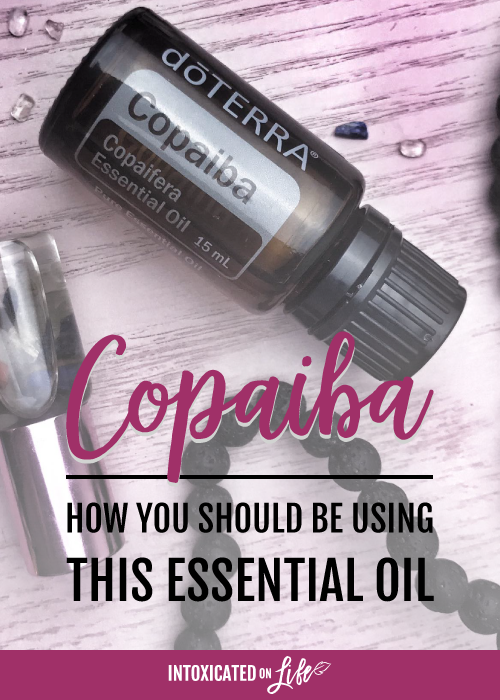
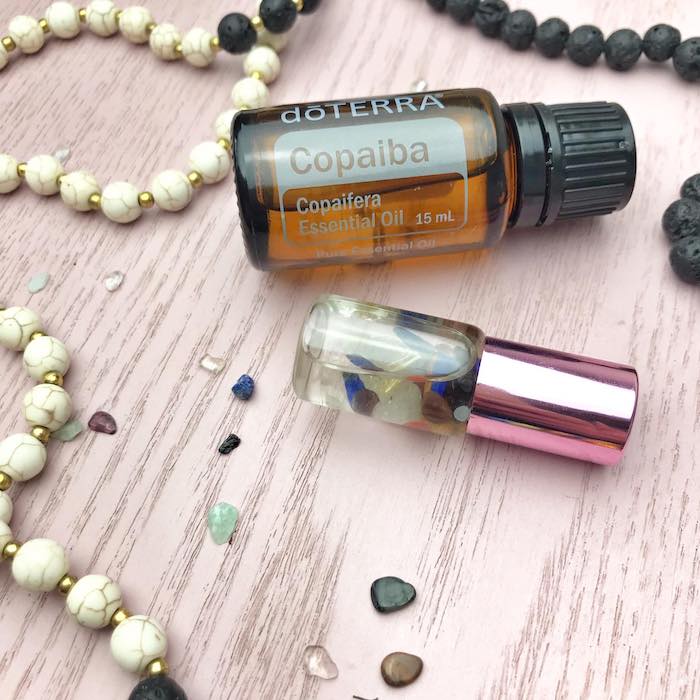
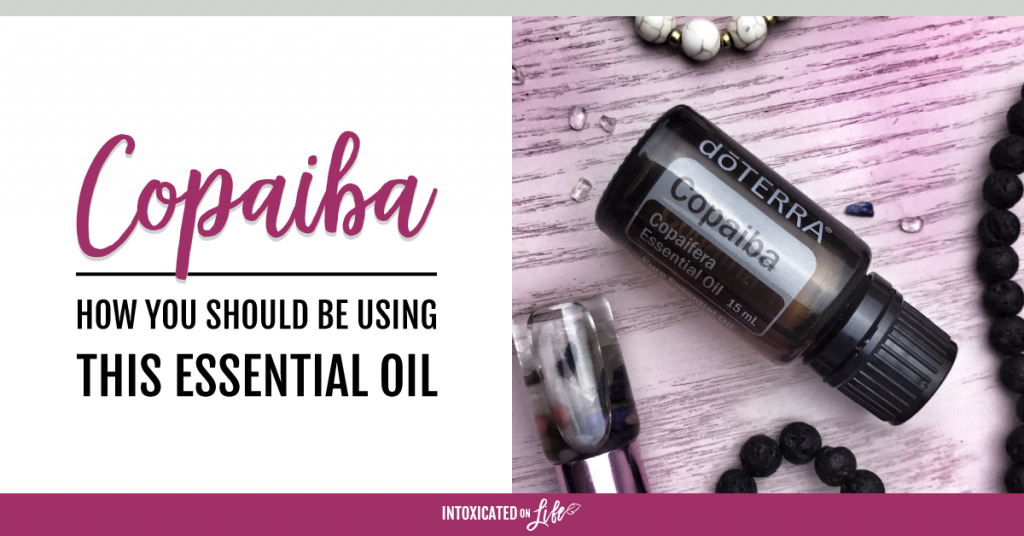
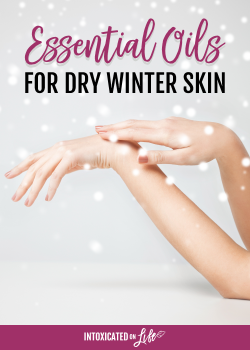
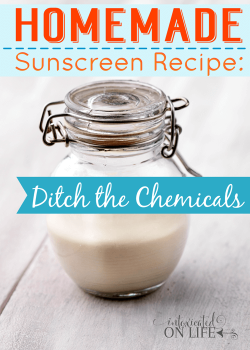

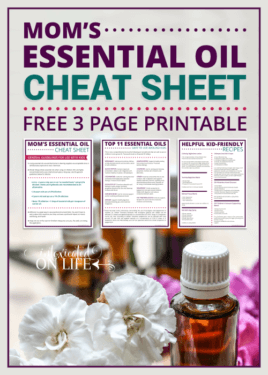





How can I order copaiba oil??